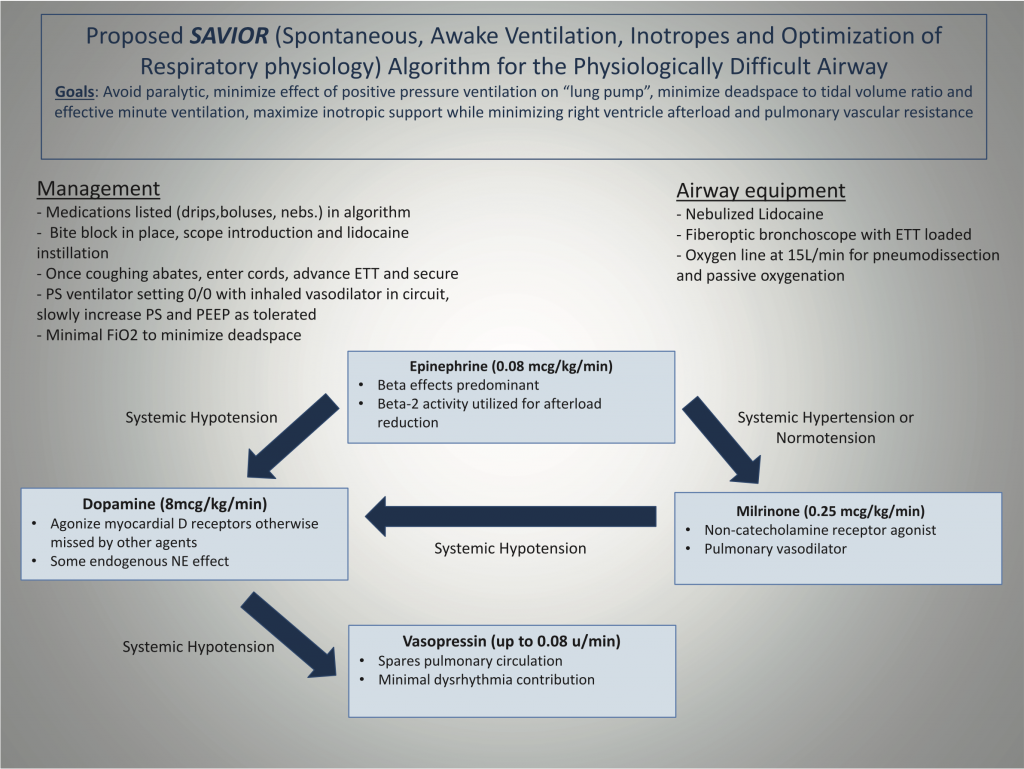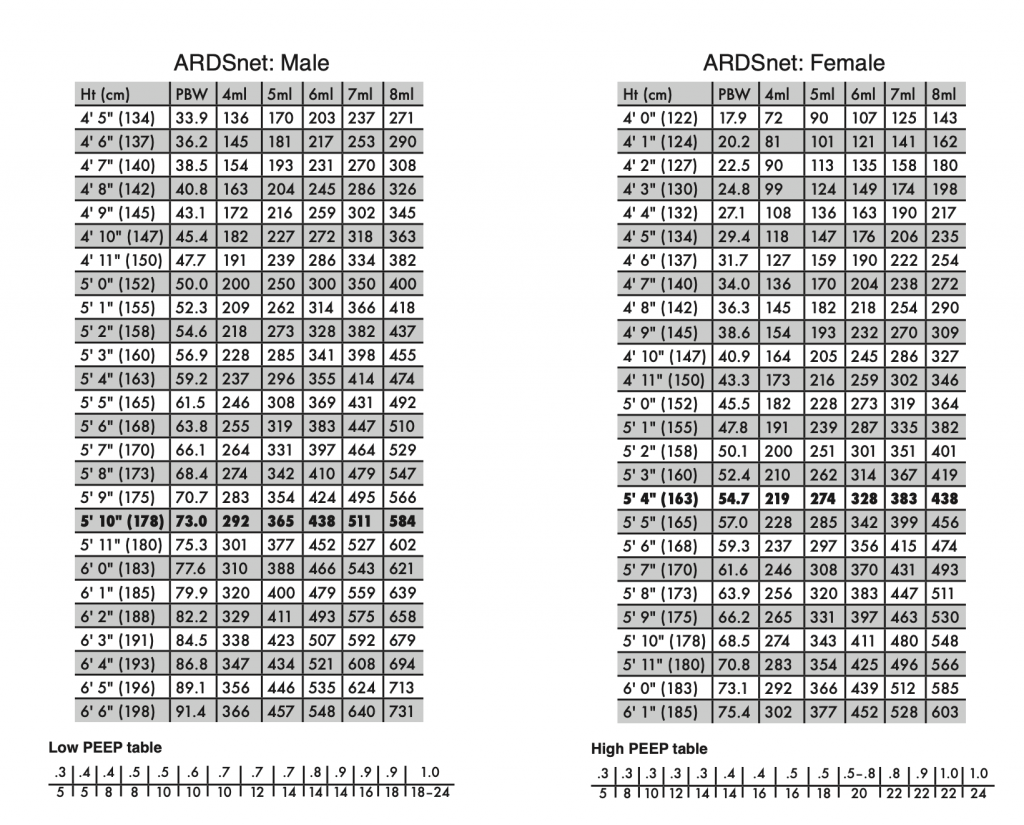Podcast: Play in new window | Download
Subscribe: Apple Podcasts | Spotify | Android | Pandora | iHeartRadio | TuneIn | RSS
The book
Buy the new textbook (Bryan edited, Brandon authored a chapter) here or on Amazon:
Concepts in Surgical Critical Care, First Edition
ed. Bryan Boling, DNP, ACNP; Kevin Hatton, MD, FCCM; Tonja Hartjes, DNP, ACNP-BC, CCRN, FAANP
The podcast
The second piece of our in-depth look at the management of right heart failure, with a focus on preserving peri-intubation hemodynamics using the SAVIOR protocol—featuring its co-creator, anesthesiologist and intensivist from the University of Kentucky, Habib Srour. Check out part 1 here.
Takeaway lessons
- You don’t want to intubate patients with right heart failure, but if you do, you don’t want to do it in a hurry; a well-prepared approach will be far safer. That means doing it at the right time, not sooner and not later, and making what preparations you can before they’re needed.
- Using awake intubation to gently transitioning from spontaneous breathing to mechanical ventilation via up-titration of pressure support (starting at zero) offers a gradual, reversible approach.
- Sedation is often not needed for intubation. The KPET rule gives guidance if desired, but really only applies in isolation; combining drugs creates synergy in their effect and less is often needed.
- 1 mg/kg ketamine
- 2 mg/kg propofol
- .3 mg/kg etomidate
- 4 mg/kg thiopental
Resources

References
- Srour H, Shy J, Klinger Z, Kolodziej A, Hatton KW. Airway Management and Positive Pressure Ventilation in Severe Right Ventricular Failure: SAVIOR Algorithm. J Cardiothorac Vasc Anesth. 2020;34(1):305‐306. doi:10.1053/j.jvca.2019.05.046

